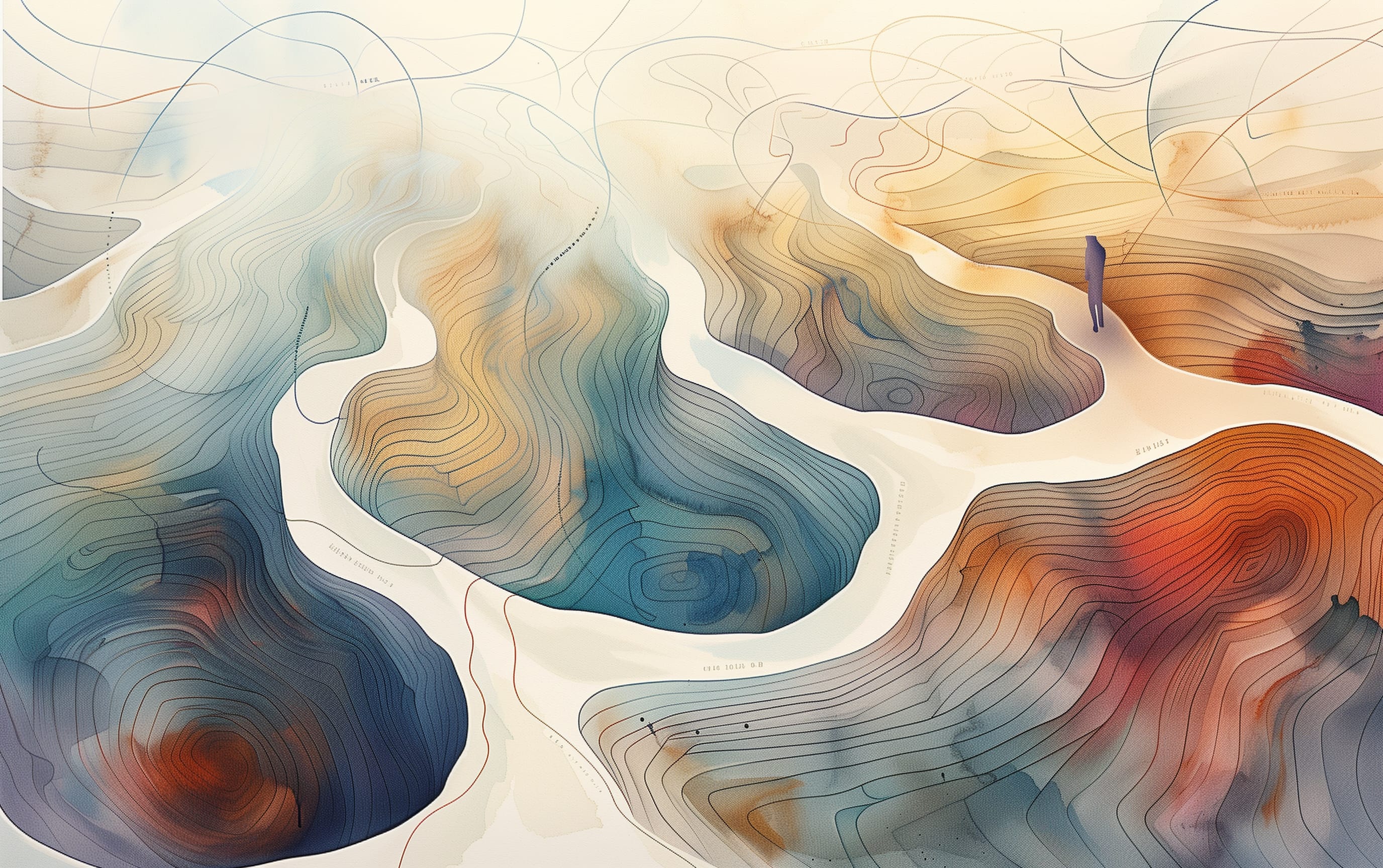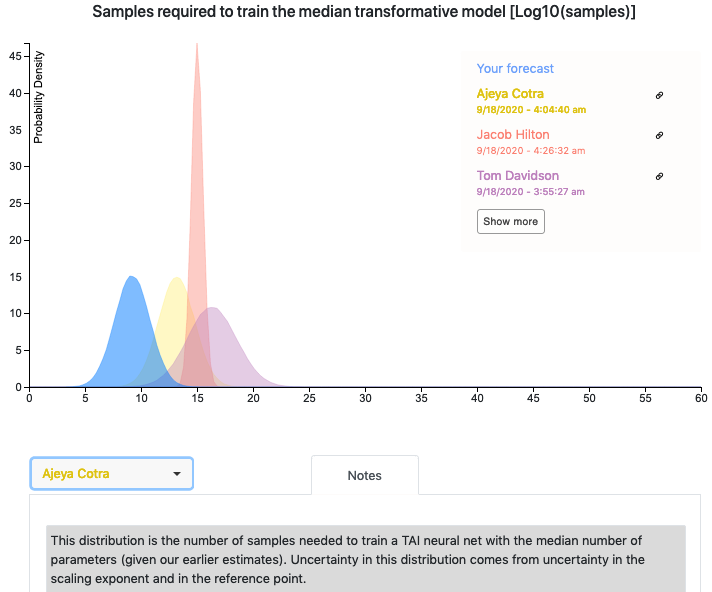Hi all, I've been working on some AI forecasting research and have prepared a draft report on timelines to transformative AI. I would love feedback from this community, so I've made the report viewable in a Google Drive folder here.
With that said, most of my focus so far has been on the high-level structure of the framework, so the particular quantitative estimates are very much in flux and many input parameters aren't pinned down well -- I wrote the bulk of this report before July and have received feedback since then that I haven't fully incorporated yet. I'd prefer if people didn't share it widely in a low-bandwidth way (e.g., just posting key graphics on Facebook or Twitter) since the conclusions don't reflect Open Phil's "institutional view" yet, and there may well be some errors in the report.
The report includes a quantitative model written in Python. Ought has worked with me to integrate their forecasting platform Elicit into the model so that you can see other people's forecasts for various parameters. If you have questions or feedback about the Elicit integration, feel free to reach out to elicit@ought.org.
Looking forward to hearing people's thoughts!


This is a separate point from yours, but one thing I'm skeptical about is the following:
The Genome Anchor takes the information in the human genome and looks at it as a kind of compression of brain architectures, right? But that wouldn't seem right to me. By itself, a genome is quite useless. If we had the DNA of a small dinosaur today, we probably couldn't just use ostriches as surrogate mothers. The way the genome encodes information is tightly linked to the rest of an organism's biology, particularly its cellular machinery and hormonal features in the womb. The genome is just one half of the encoding, and if we don't get the rest right, it all gets scrambled.
Edit: OK here's an argument why my point is flawed: Once you have the right type of womb, all the variation in a species' gene pool can be expressed phenotypically out of just one womb prototype. This suggests that the vast majority of the information is just in the genome.